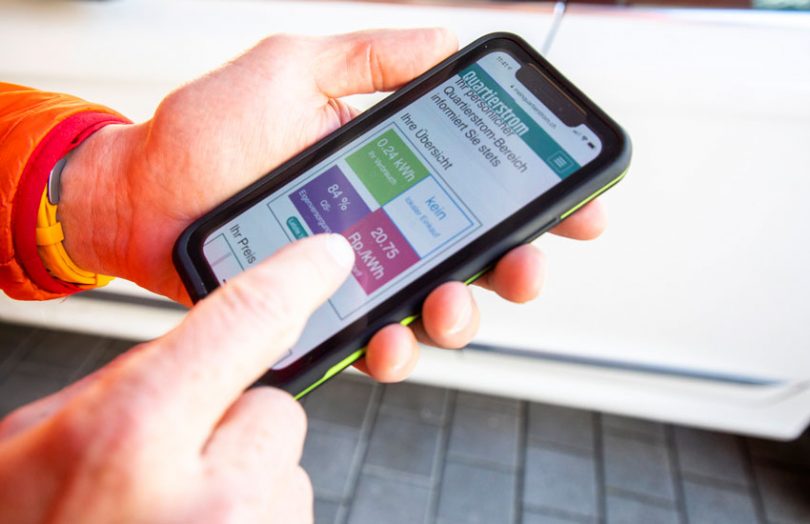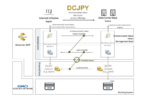The Water and Electricity Works Walenstadt (WEW) completed a year long field test of a blockchain local electricity market. Useful pricing data came from the project with 37 household participants.
The Swiss Federal Office of Energy (SFOE) backed pilot, which concluded in January, enabled participants to buy or sell locally produced solar power via a blockchain portal. The local electricity supplier WEW bought excess electricity from the households and supplied conventional power when the supply of solar was scarce.
Under the trial, Quartierstrom was able to double solar power consumption for the households to 33% of their usage.
Price is all that matters
Quartierstrom deployed a blockchain portal for trading electricity. With sustainable items like food, consumers are often willing to pay more if it’s sourced in an environmentally friendly manner. But not so with solar.
Prosumers and other participants were able to set the minimum selling price and maximum purchase price for solar energy.
“The participants frequently adjusted the price limits, especially at the beginning. But the price limit they set for buying local solar power was rarely higher than for normal power from the grid,” said Verena Tiefenbeck, leader of the Bits to Energy Lab at ETH Zurich.
Just 10% of offers were above the standard grid rate. But because the local solar involved lower grid fees, by selling to other households, they made more profit compared to the energy going back to the grid.
While initially, the portal allowed individual price limit adjustments, it was later changed to automatic pricing to avoid unsold electricity as a result of no takers at a high price. The automated pricing system worked on an auction basis, depending on the demand and supply of solar power.
“What was surprising was that participants who used the portal frequently tended toward automatic pricing and vice versa,” said Tiefenbeck. “Based on our experiences, we don’t consider individual pricing to be decisive for a local electricity market in the future.”
Another key takeaway is that it was important for participants to be able to monitor energy usage. Some even said they adapted their appliance usage to be higher when the sun is shining.
“The participants developed an understanding of the energy market, thereby helping to balance supply and demand. This reduces the burden on the infrastructure and puts surplus power to sensible use,” said Christian Dürr, Managing Director of WEW.
How it worked
Apart from Swiss University ETH Zurich, the University of St. Gallen and other industry participants were also involved.
The Quartierstrom project used a private blockchain.
While the software worked well, the project lacked hardware optimization. The team couldn’t find appropriate smart meters, so they used Raspberry Pis with self-developed modules. The conclusion was larger projects need smart meters with an integrated application processor to run software tools.
Among the household participants, 28 ran blockchain nodes and were prosumers, validating transactions using specialized hardware (Raspberry Pis). The other nine were pure consumers.
What’s next for the SFOE?
Quartierstrom is the flagship project of SFOE for local energy trading and now plans to scale it based on the recent learnings. In the coming months, the hardware will be replaced with series-produced equipment. The trading platform will also be developed into a marketable product.
Exnaton, a spin-off founded by members of the development team at ETH Zurich, will lead future development. One of the new features will allow participants to choose their preferred suppliers rather than setting prices.
Other projects
Australia’s Power Ledger and US-based LO3 are also running high-profile energy blockchain projects for trading.
Another big name in the sector is the Energy Web Foundation, with more than 100 big-name affiliates.







